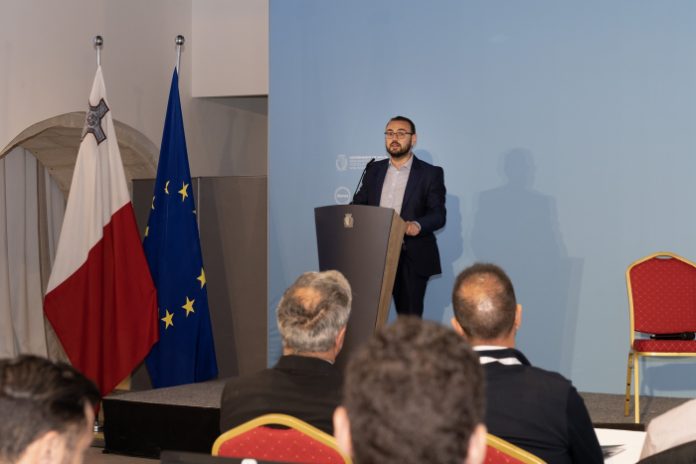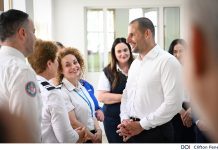In a conference, for which Parliamentary Secretary for Youth, Research and Innovation Keith Azzopardi Tanti was present, it was announced that the Smart Artificial Pilot (SmartAP) project has been completed and it has developed solutions based on Artificial Intelligence (AI) to help pilots in case of automation failure.
The project received around €200,000 under Fusion, the national R & I funding programme, administered by the Malta Council for Science and Technology (MCST) and was led by the Institute of Aerospace Technologies at the University of Malta and carried out in collaboration with QuAero Ltd., a local aviation consultancy company.
The project addressed two main areas of concern during flight, the loss of control (due to aerodynamic stalls) and loss of situation awareness. Thus, the project developed solutions based on Artificial Intelligence (AI) to help pilots understand better what is happening in order to be in a better position to recover the airplane if the automation fails.
Parliamentary Secretary Keith Azzopardi Tanti said that this is another step that brings people closer to technology. “Technology is a tool that we must make use of in order to give us the necessary help, like this project that will offer the necessary assistance to all pilots through Artificial Intelligence,” stated the Parliamentary Secretary. He thanked all those who were involved in this project, whilst encouraging more researchers to follow in their footsteps
MCST Chairman Dr Tonio Portughese said that MCST will continue to serve as a catalyst in the fields of research and innovation, through its funding programmes and through its active involvement in connecting educational institutions with players from the private sector, in order to achieve the desired goals.
Dr Ing. Jason Gauci, a researcher of SmartAP, said that, “SmartAP has demonstrated some of the benefits that Artificial Intelligence can bring to the cockpit and has shown that AI can assist pilots in various scenarios. As AI becomes more sophisticated, we can expect it to play a bigger role, not only in the cockpit but in the entire aviation ecosystem.”
Photos: MEYR_PS










